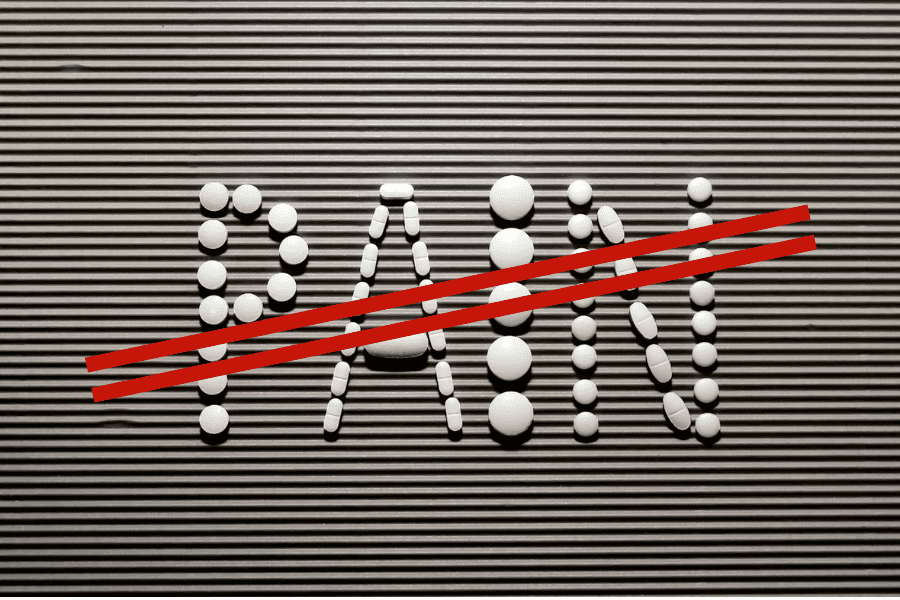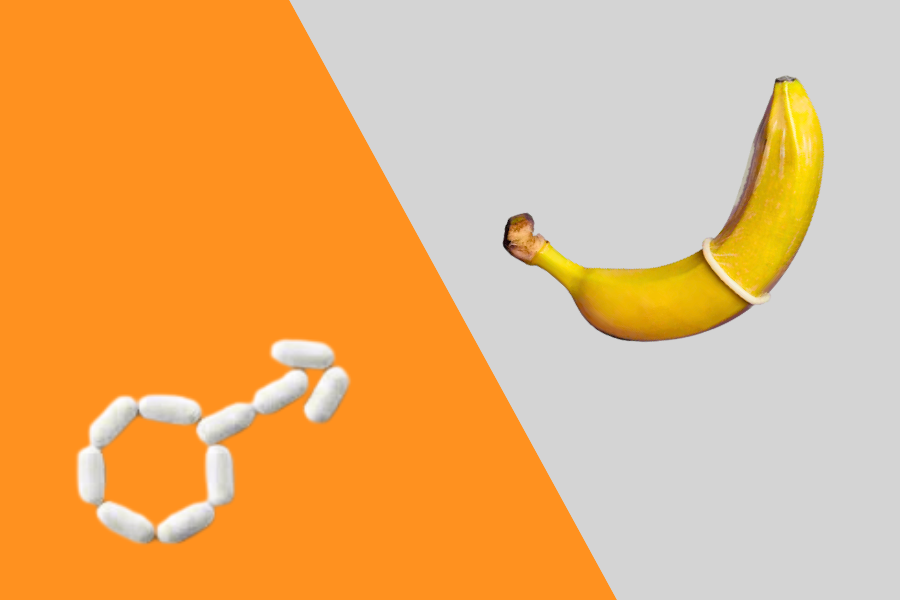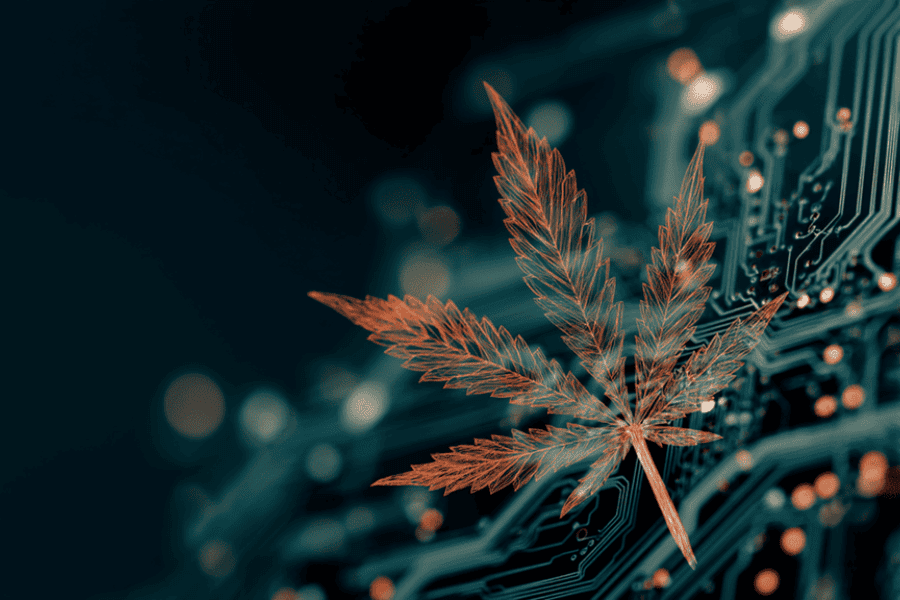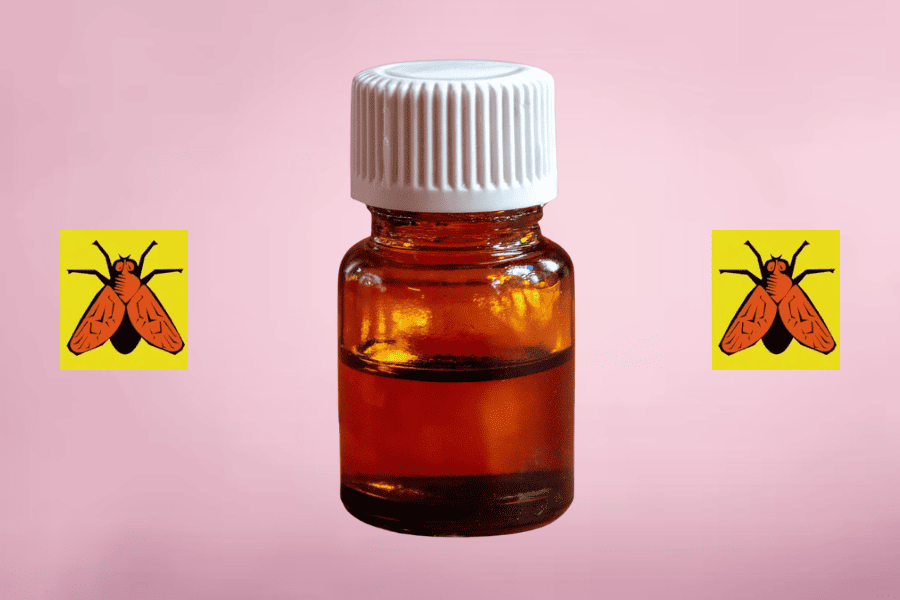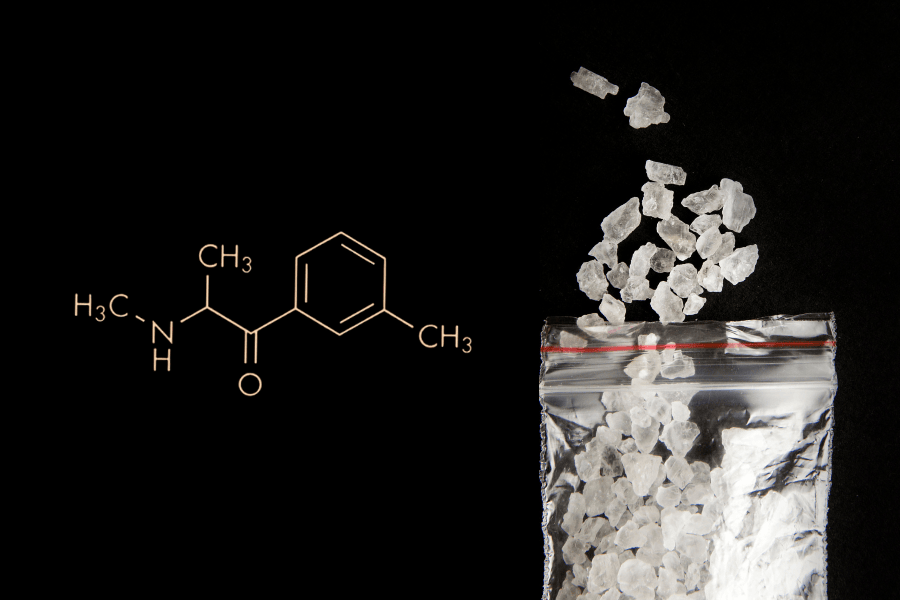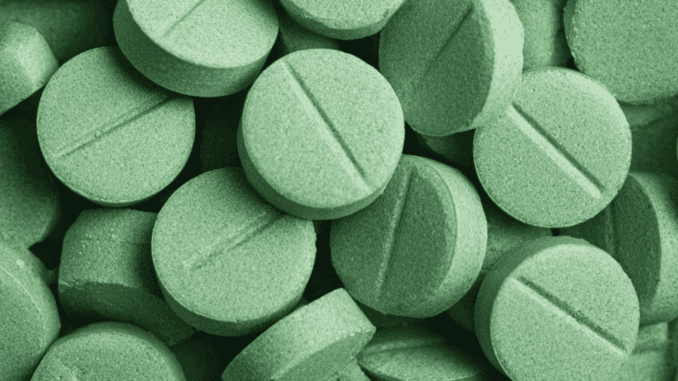2C-B: What is it and why do people use it?
- Funcaps
- Blogs about research chemicals
- 9 Apr 2025
- 24views
- Reading time: 3 minutes

You might have heard the name before: 2C-B. A drug that’s popular both in nightlife settings and among psychonauts. Some swear by its visual effects, while others consider it a subtle alternative to stronger psychedelics. But what exactly is 2C-B? How does it work? And is it really as “mild” as some claim? This blog gives you clear answers.
What is 2C-B and why is it popular?
2C-B is a synthetic psychedelic drug and part of the phenethylamine family. It was first synthesized in the 1970s by American chemist Alexander Shulgin. The substance is known for its hallucinogenic and entactogenic effects, meaning it can alter perception and enhance feelings of connection with others.
This designer drug is often used in recreational settings like parties and festivals, which has contributed to its popularity. However, it also has a background in psychotherapeutic research.
How does 2C-B work?
When someone takes 2C-B, it affects the serotonin receptors in the brain. This leads to altered perception, intense colors and patterns, and sometimes a feeling of euphoria. The effects of 2C-B are often described as somewhere between LSD and MDMA—it can trigger both hallucinations and heightened emotional awareness.
Many users compare it to a mix of LSD and magic mushrooms or truffles, but with a shorter duration and more “geometric” visuals. The trip typically lasts between four and eight hours, depending on the dose and method of intake. Unlike MDMA, 2C-B usually doesn’t cause a heavy emotional or physical comedown. At most, users may feel tired or a bit drained the next day, especially if they haven’t had much sleep.
Why people use drugs like 2C-B
There are various reasons why people choose to take 2C-B. Some seek a deeper connection with themselves or others, while others take it purely for recreational purposes—such as the visual effects or to have a good time. Compared to other psychedelics, 2C-B is often seen as “mild” (depending on the dose), meaning it can be less overwhelming than LSD or psilocybin.
Additionally, 2C-B is often praised for its balance between psychedelic and stimulating properties. This makes it especially popular in nightlife environments, where people want something that is both euphoric and visually engaging—but less mentally intense than other psychedelics.
Risks and safety
Despite its relatively mild reputation, 2C-B still carries risks. Its effects can vary significantly depending on the dosage and individual sensitivity. A low dose may cause light euphoria and subtle visual distortions, while higher doses can trigger intense hallucinations and increased heart rate.
It’s also important to consider the setting and your mental state. A stressful environment or a negative mood can increase the risk of a bad trip. As with other psychedelics, having a “trip sitter”—a sober person who stays present and can offer support—is highly recommended if things get overwhelming.
Legal status and availability
In many countries, 2C-B is a banned substance. In the Netherlands, it is listed under Schedule I of the Opium Act, meaning possession, production, and sale of 2C-B are illegal. Still, it is often sold on the black market, usually in pill form.
Since production is unregulated, the purity and potency of 2C-B can vary greatly. This increases the risk of unexpectedly strong trips or side effects due to contaminated substances. Users are therefore often advised to use test kits to verify the purity of their substance.
Anyone considering using 2C-B should make sure to do thorough research and take proper precautions.

